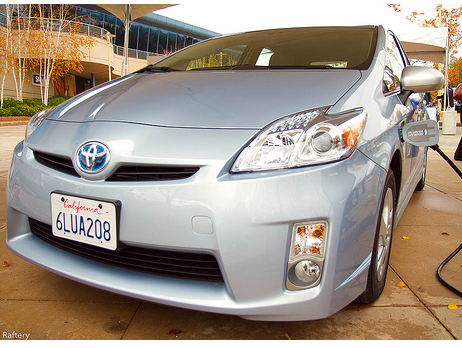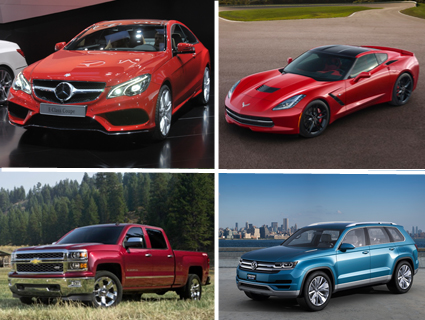
Alan Baum has to shout into the phone for me to hear him over the cacophony of the Detroit Auto Show, which opened Monday. Around him, thousands of journalists swarm from one new car to the next, lights flash, DJs spin, and the cream of the world’s automotive crop glistens. “A lot of show and not a lot of substance,” Baum, an industry analyst, jokes.
Just to look around at the “performance” cars on display here, from hulking pickups to lightning-fast sports cars, you might not be able to tell that this is the first major car show in Detroit since the introduction last fall of President Obama’s new fuel efficiency standards, which will require all cars and light-duty trucks to operate at 54.5 miles per gallon by 2025, nearly doubling current requirements. The administration predicts that this move will save Americans nearly $2 trillion at the pump. The cars below— featured this week in Detroit—are already taking steps in that direction.
|
2014 Corvette Stingray: 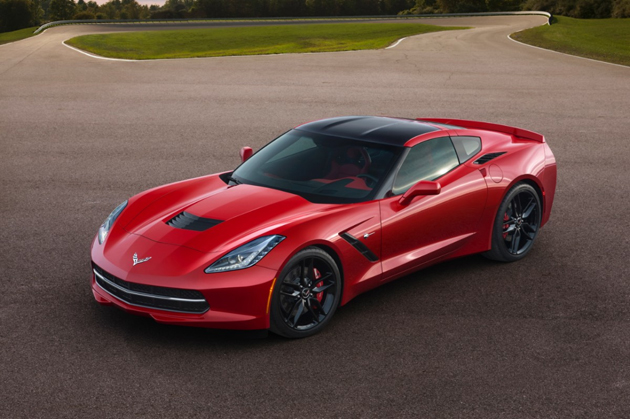
Courtesy General Motors
Let’s be honest: no one is buying one of these for the great gas mileage. It’s more like the car you fantasize about at fourteen and later take a soul-sucking job on Wall Street just to afford. But the simple fact that the Stingray, one of the gas-guzzling belles of the Detroit ball, takes even one step in a green direction is a sign of how deep the efficiency paradigm has penetrated the auto industry, says industry analyst Don Anair. Ironically, high-tech fuel-management equipment in the engine actually adds weight to a car that has traditionally tried to shave pounds wherever possible for the sake of speed and aerodynamics. |
While it’s true that the Detroit show has its of share super-green cars (like the futuristic Tesla Model X and a marked-down version of the classic Nissan Leaf), Baum says the real progress is on prioritizing fuel efficiency on updates to familiar models that used to be all about style or power. Fuel efficiency standards and record-high gas prices be damned, in Detroit the floor is still packed with muscle-bound models, but a recent analysis by Baum’s firm found that from 2009 to 2013 the number of popular vehicles with improved fuel efficiency more than doubled, from 28 to 61, of which only a third are tiny subcompacts.
|
Volkswagen CrossBlue: 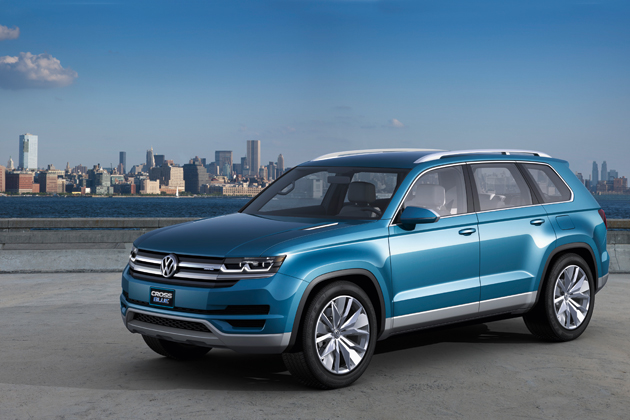
Courtesy Volkswagen
Volkswagen has taken an all-of-the-above approach to greening its fleet, Baum says, rolling out everything from plug-in electrics to hybrids to diesel (which is more efficient than normal gasoline). The CrossBlue might look like it was designed expressly to ferry hoardes of middle-schoolers to soccer practice, but it’s more a concept car than one you’ll soon find at the local dealership. It combines hybrid technology with diesel power, and reflects a growing US market for diesel engines: Jeep also introduced a new diesel Grand Cherokee. |
“Automakers are supportive of fuel efficiency requirements because that’s what consumers want anyway,” Baum says, adding that as major manufacturers like Ford invest more heavily in highly efficient vehicles, they acquire a perverse fear of falling gas prices, which would diminish the economic incentive for consumers to spend more on an efficient car.
Still, history shows that car manufacturers need a regulatory boost to keep pushing on the fuel efficiency front, says Don Anair, an analyst with the Union of Concerned Scientists. After Congress passed the first federal fuel economy standards in 1975, efficiency innovation stagnated until 2007, when new legislation upped the ante. In 2010, the Obama administration set higher standards for the immediate future, and finally last fall set the historic long-term goals that automakers are now striving to reach; already, over the last few years emissions from cars have dropped. “The effect of the standards is to raise the overall effort,” Anair says.
|
2014 Mercedes E-Class: 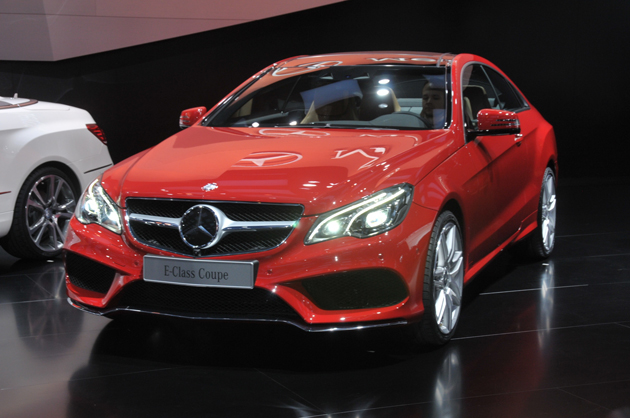
Courtesy NAIAS
If you’re buying one of these, saving a few bucks at the gas station probably isn’t a major concern for you. Still, some of the same green technology that gained fame in the by-contrast proletarian Prius has made its way into luxury vehicles like this one as well: a hybrid engine that turns off while idling, a feature I always found a bit spooky but which Anair says is increasingly common. |
The American auto industry is playing catch-up with Europe on diesel engines, featured on several new models in Detroit. Diesel engines are up to 35 percent more efficient than their gasoline counterparts, although some studies raise a red flag with the global warming potential of the black carbon diesel engines emit. But Anair thinks fuel efficiency is likely to become the automotive trump card: “That’s front and center in consumers’ minds.”
|
2014 Chevy Silverado: 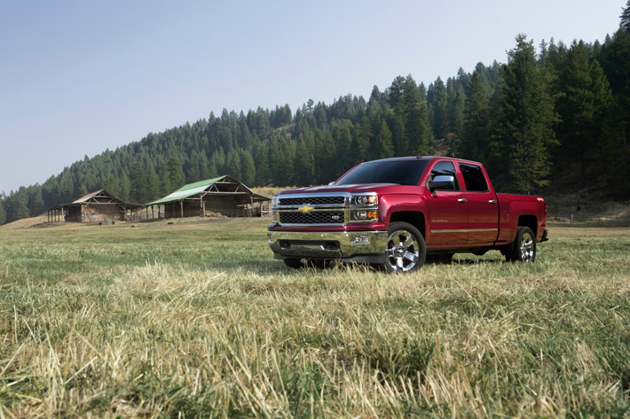
Courtesy General Motors
The green-car trend found its limit when last year’s hybrid version of this classic American mega-truck flopped, Baum says; the modest fuel economy improvement wasn’t enough to make die-hard truck drivers overlook a loss of power. So for 2014, General Motors axed the hybrid model and put its chips back on muscle, giving drivers a choice between a beefy eight-cylinder engine and a slightly-less-beefy six. Still, both versions now automatically cut back to four cylinders when the extra power isn’t needed to save fuel… that’s worth something, right? |

